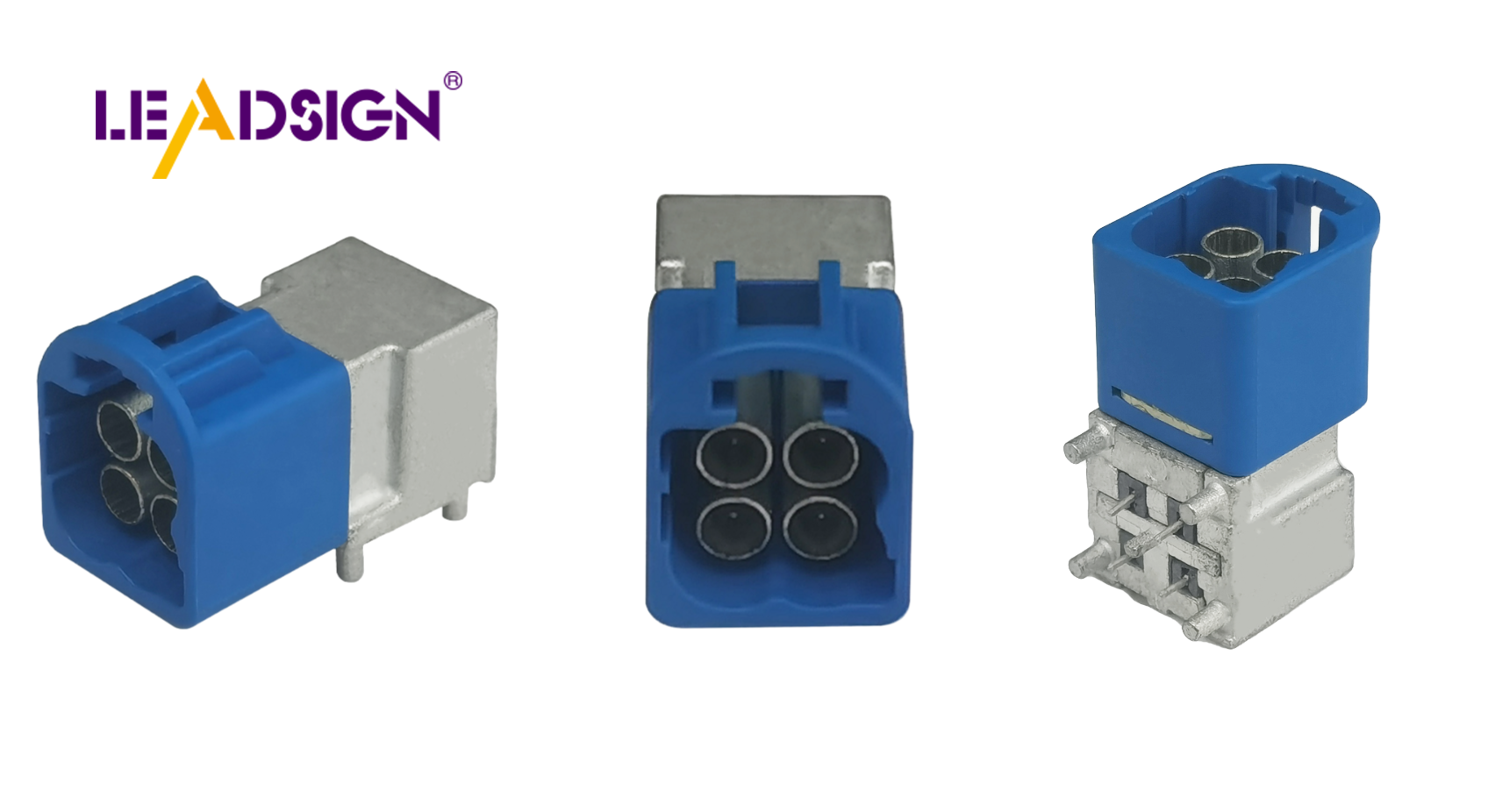How to Determine Auto Wire Connector Types for Replacement

Finding the right automotive electrical connectors types is very important. It helps keep your car working well and safe. If connectors break, your car might misfire or give wrong sensor readings. Sometimes, it might even stop working completely. You may need new connectors when you upgrade car systems or fix broken parts. But, picking the right connector can be hard because there are many types and designs. Each type does a special job. Using the wrong one can cause big problems.
Understanding Car Wire Connectors
When working with car wire connectors, knowing the different kinds is key. Each kind has a special job and keeps your car's wires working well. car wire connectors
Common Car Wire Connectors
Blade Connectors
Blade connectors are very common in cars. They have a flat metal piece that fits into a slot. You find them in fuse boxes and other parts. They are easy to connect and disconnect, good for places you check often.
Bullet Connectors
Bullet connectors look like bullets because they are round. They fit tightly into sockets, used in car lights. They stay connected even if the car shakes.
Butt Connectors
Butt connectors join two wires together end-to-end. Use them to make wires longer or fix them. Put wire ends in each side and crimp to hold tight. This keeps the electric path strong.
Ring and Spade Terminals
Ring and spade terminals attach wires to screws or bolts. Rings make a full circle; spades look like forks. You see these on batteries and grounding spots. They hold connections firm.
Materials and Covering
The stuff used for car wire connectors matters for how they work and last.
Plastic vs. Metal Connectors
Plastic ones are light and don't rust, good if weight matters. Metal ones are strong and carry electricity well, best for high power needs. Pick based on what your car needs.
Covered vs. Uncovered Connectors
Covered ones protect from water and shaking, stopping short circuits, making them reliable. Uncovered ones don't have this but work where covering isn't needed much. Choose based on where your car goes.
Knowing these connector types helps you pick right when fixing or upgrading your car's wiring parts, boosting how well it works and stays safe.
Steps to Find the Right Connector Type
When changing car wire connectors, finding the right one is key. Follow these steps to pick the correct connector for your car.
Checking the Old Connector
First, look at the connector you need to change. This helps you see its features and details.
How to Look Closely
Look carefully at the connector. Notice its shape and color. Check for special marks. These help you know what type it is. See if it's broken or worn out. Count how many pins it has; this is important for car connectors.
Measuring Size
Use a ruler to measure the connector's size. Write down how wide, long, and tall it is. These sizes help you find a new one that fits well.
Looking at Car Papers
Your car's papers can help find out about wire connectors.
Owner's Book
Check your owner's book. It often has pictures of the electric parts. Look for parts about connectors in your car. This info helps choose the right one.
Fix-It Guides and Maps
Look at fix-it guides and maps of wires in your car. They show where wires go and what each part does. Use this info to match old with new connectors.
Using Online Help
The internet has lots of info on wire connectors.
Online Lists
Search online lists that help find connectors by pin count, shape, or color. They suggest matches quickly and correctly.
Maker Websites
Go to websites of companies that make connectors. Many have catalogs and search tools to find what you need by entering details like size or shape.
By doing these steps, you can easily find the right wire connector for your car's needs.
Tips for a Good Replacement
Changing automotive electrical connectors types needs care and the right way. Here are tips to help you replace them well.
Picking the Right Tools
Having the right tools is very important. They make work easy and keep connections safe.
Crimping Tools
Crimping tools help attach connectors to wires. Pick one that fits your connector type. A good tool presses evenly, making a tight fit. Connector Experts say using good crimping tools stops loose connections, which can cause problems.
Wire Strippers
Wire strippers take off wire covers without harm. Choose one that matches your wire size. Stripped wires connect cleanly with connectors. This step keeps automotive electrical connectors types working well.
Making Sure Connections Are Safe
Safe connections are key for reliable automotive electrical connectors types. Follow these steps for strong links.
Right Crimping Ways
Right crimping ways are needed for safety. Put the wire in the connector and use the tool to press it tight. Make sure it's secure. Connector Experts advise checking by looking to ensure it's even and done.
Checking Connection Strength
After crimping, test if it's secure by gently pulling on it. Use a multimeter to check if electricity flows well. This step shows if the connection is solid and if automotive electrical connectors types work right.
By using these tips, you can change automotive electrical connectors types successfully, keeping your car's electric system strong and working well.
To find and change wire connectors, do these steps: check the old connector, look at car papers, and use online help. Keep electrical connections by checking often and using real parts. Real connectors are tested to fit well and last long. Always pick good quality to keep your car working well.
Expert Tip: Use a little connector grease to stop water and rust problems.
If it's hard, ask an expert for help. Good connections make your car run safely and smoothly.
See Also
Exploring Ford Fakra Connectors: A Comprehensive Overview
Essential HSD Connectors in Automotive: A Beginner's Guide
In-Depth Look at HSD Connectors: A Complete Overview

